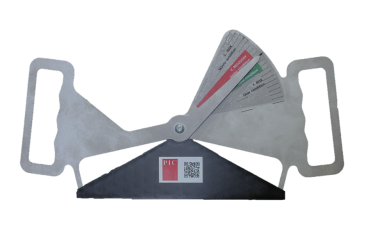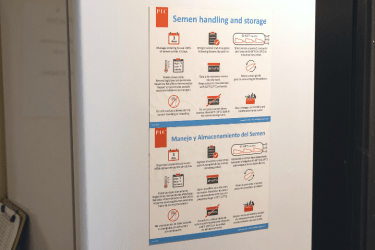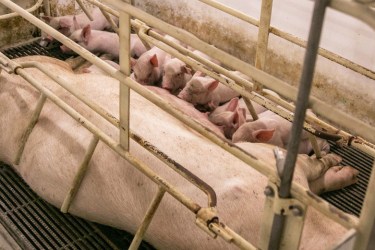
Select Country
Breeding and Gestation
Sign up for the Pig Improver newsletter
Our goal is to enable customers to become the most successful pork producers in the world. High quality genetics form the basis for success. That’s why we focus on using the latest innovations to drive genetic improvement, a global bio-secure supply system to deliver the genetics.







